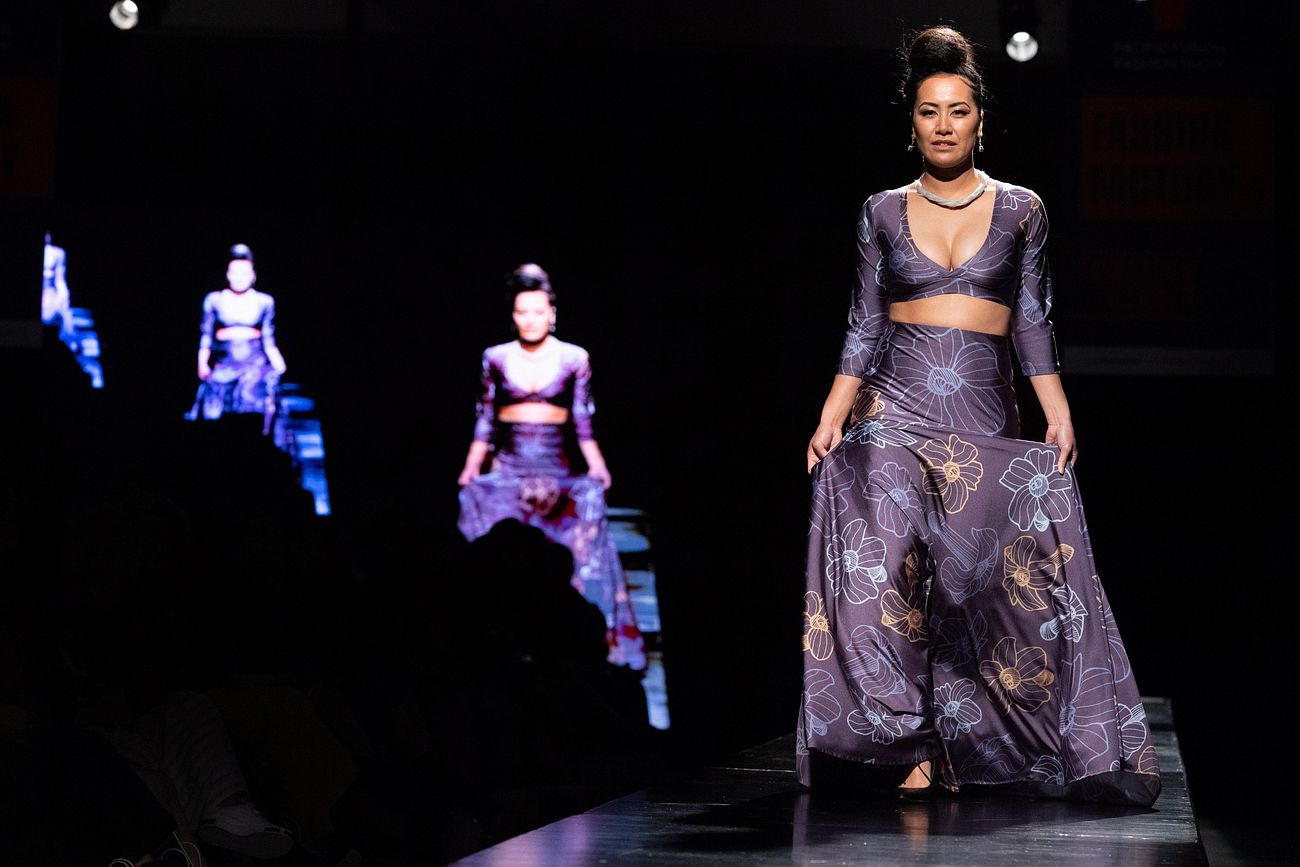Fashion modeling encompasses a realm of elegance, style, and allure, where the age-old question of "What age are fashion models?" finds its answer in the delicate balance of youthfulness, poise, and professionalism. Whether male or female, aspiring models step into a world where physical attributes intertwine with charisma and versatility. While the age range for fashion models varies depending on gender and specific market demands, the pursuit of perfection in physique, stature, and photogenic qualities remains constant. Let's delve into the nuanced requirements that define the captivating world of fashion modeling for both male and female models.
Age Limit For Modeling - Average Age Of Female Models
Fashion models can vary in age depending on the specific niche within the industry. However, for runway and high fashion modeling, the typical age range is generally between 16 and 30 years old. This age range allows models to maintain a youthful appearance that aligns with the aesthetic preferences of many fashion brands and designers.
Minimum Height, Body Measurements For Female Model
Height and body measurement requirements for fashion models also vary depending on the specific market and the preferences of designers and clients. However, there are some general guidelines that are commonly followed:
- Height: Fashion models are typically tall, with heights ranging from around 5'8" to 6'0" for women and 5'11" to 6'3" for men. However, there are exceptions to these standards, and niche markets such as petite and plus-size modeling have different height requirements.
- Body Measurements: Fashion models are expected to have proportionate body measurements that fit sample sizes used by designers. For female models, this often includes measurements close to 34-24-34 inches (bust-waist-hips), although variations are common. Male models generally have measurements that align with a fit and toned physique, with chest sizes around 38-40 inches and waist sizes around 30-32 inches.
It's important to note that these are general guidelines, and there is increasing diversity and inclusivity within the fashion industry, with opportunities for models of various ages, heights, and body types. Additionally, niche markets such as plus-size, petite, and mature modeling cater to individuals who may not fit traditional fashion model standards.
Requirements for a Male Model - How to Become a Male Model?
To become a male model, there are several requirements and factors to consider:
- Physical Appearance: Male models typically have a lean and toned physique. While specific body measurements can vary depending on the niche of modeling (e.g., fashion, fitness, commercial), a fit and proportional body is generally desired. This often includes having well-defined muscles, good posture, and clear skin.
- Height: Height requirements for male models can vary depending on the specific market and type of modeling. However, in general, male models are expected to be taller than average. Heights typically range from around 5'11" to 6'3", with some flexibility depending on the niche.
- Age: The ideal age range for male models is typically between late teens to early thirties. While there's no strict age limit, younger models (late teens to mid-twenties) are often preferred for fashion and runway modeling, while older models may find opportunities in commercial, lifestyle, or mature modeling.
- Fitness and Health: Male models are expected to maintain a healthy lifestyle, including regular exercise and proper nutrition, to maintain their physique. Having good stamina and flexibility can be beneficial for various types of modeling, including runway and fitness modeling.
- Photogenic Qualities: Male models should be photogenic and comfortable in front of the camera. This includes having the ability to convey different emotions and expressions, as well as being able to take direction from photographers and stylists.
- Professionalism: Being reliable, punctual, and professional is essential for success in the modeling industry. Models should be able to work well with photographers, designers, and other professionals in the industry.
- Portfolio: Building a strong portfolio of professional photos is crucial for aspiring male models. These photos should showcase versatility, including different poses, expressions, and styles, to demonstrate the model's range and potential to potential clients and agencies.
- Agency Representation: Many male models start their careers by signing with reputable modeling agencies. Agencies can help models find opportunities, negotiate contracts, and provide guidance and support throughout their careers.
Overall, while meeting the physical requirements is important, aspiring male models should also focus on developing their skills, professionalism, and networking within the industry to increase their chances of success.
Is 25 too old to be a fashion model?
While the fashion industry traditionally favors younger models, especially for runway and high-fashion campaigns, the notion of "too old" can vary significantly depending on the specific market, niche, and individual circumstances. At 25 years old, some models may still find ample opportunities in fashion modeling, particularly in areas such as commercial modeling, lifestyle campaigns, catalog work, and niche markets like mature modeling.
In recent years, there has been a growing demand for diversity and inclusivity within the fashion industry, leading to opportunities for models of various ages, sizes, and backgrounds. Many brands are embracing models of all ages to better represent their target demographics and cater to a more diverse audience.
Moreover, some models begin their careers later in life or transition into modeling from other professions, bringing valuable life experiences, maturity, and professionalism to their work. As such, while the fashion industry may have certain standards and preferences, there are still opportunities for models at 25 and beyond to thrive in the industry.
Ultimately, success in fashion modeling depends on factors such as individual talent, dedication, networking, and seizing opportunities as they arise. While starting at 25 may present different challenges compared to starting at a younger age, it's certainly not too late to pursue a career in fashion modeling for those who are passionate and committed to their craft.








No comments:
Post a Comment